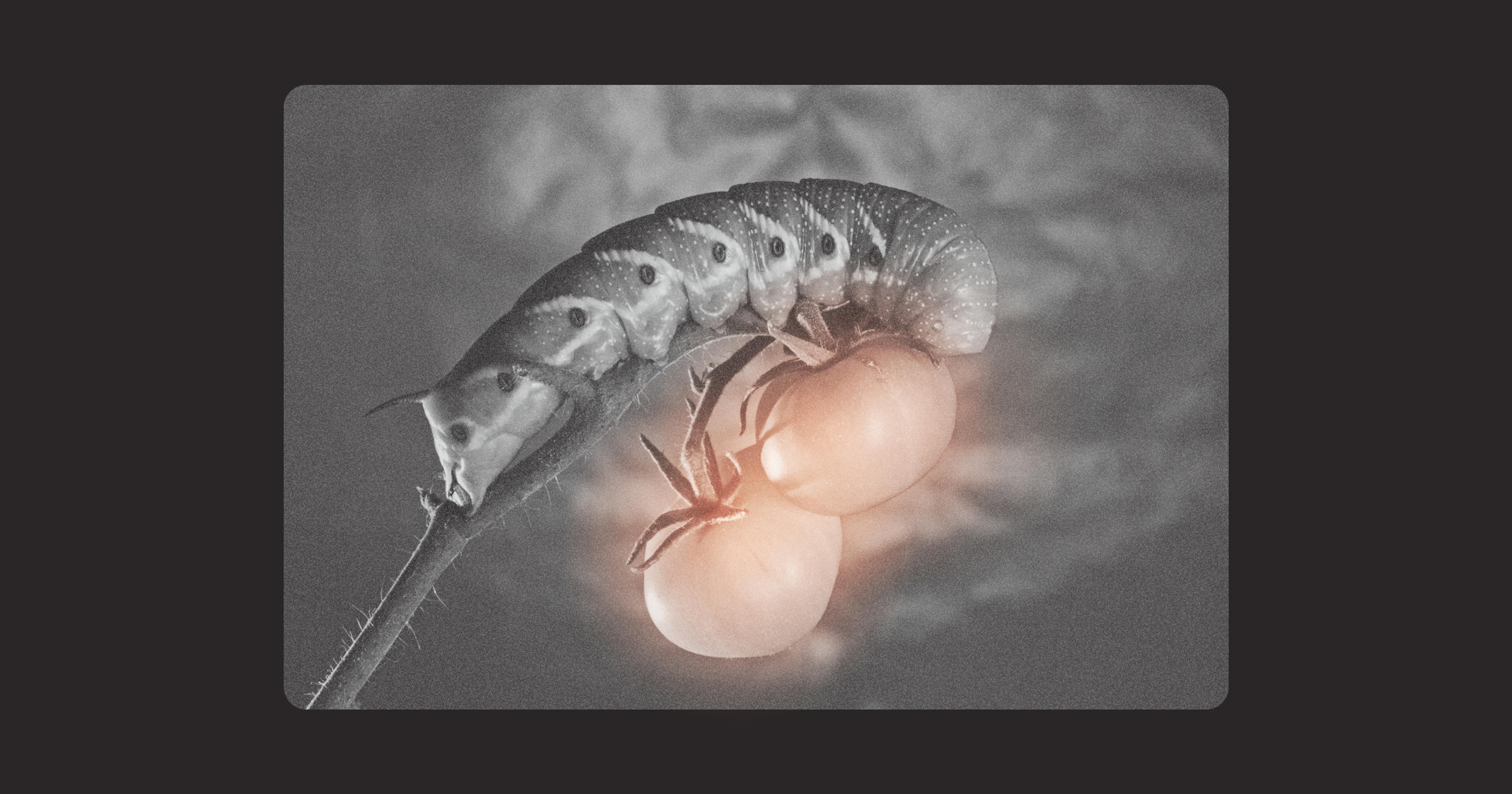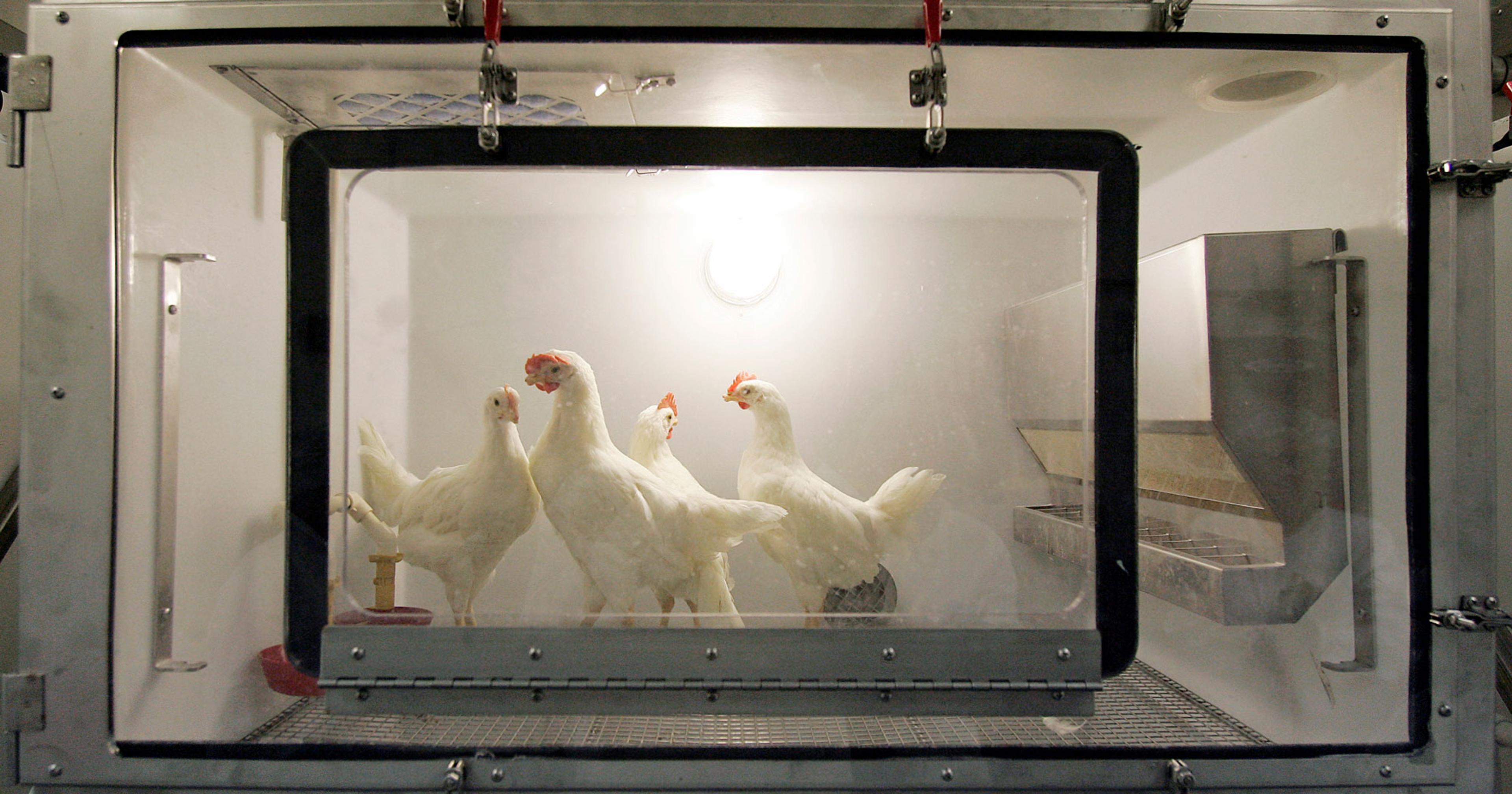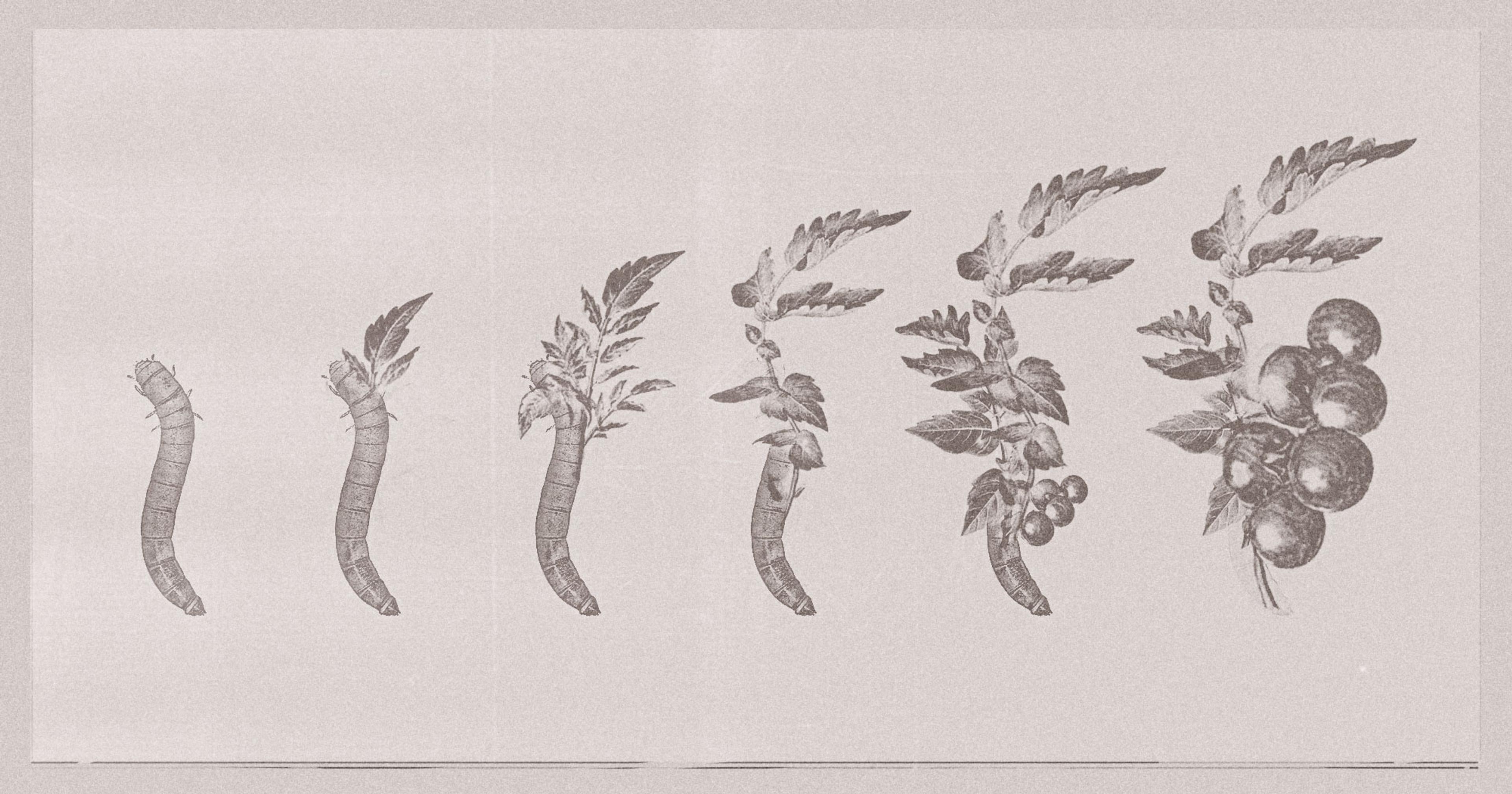Researchers finally completed a new line of tomatoes, bred with natural pest-resistant qualities that cause insects to “groom excessively, then leave.”
After more than 30 years of research, plant breeder and geneticist Martha Mutschler-Chu is about to successfully hand off new lines of pest-resistant tomatoes to any interested seed company, where they can ultimately be bred for commercial sales.
For producers, this could mean less crop damage and loss at the hands of insect-induced viruses and less reliance on pesticide sprays to keep the bugs away.
Beginning in the ’80s, Mutschler-Chu set out to transfer a trait from a wild tomato variety, which naturally produces an insect-repelling substance on the plant’s surface, into commercial tomatoes. By May of this year, she will have completed her part of the research.
The driving question for most of her endeavors, she explained, is figuring out how to mitigate the need for chemical additives in producers’ fields by breeding traits into the genes of the crop itself.
“The question is, ‘What are they spraying in the fields, and why are they spraying it?’ And if you can get a natural resistance there, you no longer have to spray,” she said.
For this project specifically, researchers looked to the pest-resistance trait in a wild tomato variety native to Peru — the Solanum pennellii. Mutschler-Chu explained that when it comes to tomatoes, fruit can get damaged or destroyed through infection from insects. Put simply, if a bug is infected with any kind of virus, then feeds on a tomato, that fruit will likely get infected too.
“The insects pick up the virus and then they fly to another plant and transmit the virus by feeding. It’s very common, and in … warmer climates, it is the major biotic challenge. The insect-transmitted viruses are a major limit on production,” she said.
On every above-ground surface of the wild tomato plant Mutschler-Chu studied, tiny hairs called trichomes excrete droplets of sugar compounds called acylsugars — and the acylsugars repel insects naturally.
While the insects will still land on the plant, these little droplets change their behavior radically. Instead of sticking around to feed, they become agitated, groom excessively, then leave the plants, according to Mutschler-Chu. And if they leave before feeding, the chance of infection leaves with them.
If a bug is infected with any kind of virus, then feeds on a tomato, that fruit will likely get infected too.
So the researchers spent years isolating the gene responsible for that trait, and then bred it into a tomato variety meant for eating — in this case, the East Coast slicer tomato.
In the resulting fruit, Mutschler-Chu kept the desirable acylsugar genes while removing most of the other wild genes that produce unwanted traits such as an abundance of branches, small fruit, and an undesirable flavor. To be exact, the final lines of the tomatoes contain only 2.5 percent of the wild tomato DNA.
Traditional cross-breeding techniques like this are a slow process. The trial and error of breeding out these traits of the wild tomato that are unattractive to producers while maintaining the level of acylsugars needed to deter pests was meticulous — meaning getting the tomato just right took decades.
The process of transferring the gene can be applied to any type of tomato: processing tomato, cherry tomato, greenhouse tomato, etc. The droplets also protect from a wide array of very different types of insects, according to Mutschler-Chu, and, unlike sprays and other pesticides, it doesn’t kill the bugs.
For tomato farmers like Derek Azevedo of Bowles Farming Company in the Central Valley of California, the concept of cultivating crops bred with viruses and other resistances isn’t new.
Over the last 10 years, the total losses add up to upwards of $1 billion.
“The disease packages bred into the current tomatoes now are helpful. As they say, you can’t hold a good virus down. So, we’re always looking for things that are going to help protect our crops.” The varieties — both processing and market tomatoes — which Azevedo plants now have genetics bred into them to protect from a myriad of viruses or fungus like powdery mildew and Verticillium.
While Azevedo noted insects aren’t the most consistent issue on his farm, he said when they are, it can be bad. As an example, he offered sugar beet leaf hoppers, which spread curly top disease. “The sugar beet leaf hoppers are flying in looking for sugar beets. They’ll descend upon a tomato field, feed for two to 10 hours and then leave, and within a minute or two of eating a plant, they can infect it with the virus.”
According to Zach Bagley, the managing director of the California Tomato Research Institute, which helped fund the research, curly top disease has caused huge losses in tomato fields for years — one reason the institute was interested in Mutschler-Chu’s study.
“2013 is the most recent year where we’ve had major losses, and the numbers used for 2013 … are close to $100 million of losses across the industry,” he said. Over the last 10 years, he explained, the total losses add up to upwards of $1 billion.
So stacking on insect resistance may be intriguing to tomato farmers, Azevedo said. “We’re very accustomed to genetic resistance or immunity to various pathogens. And so, I would say the farmers would be very open-minded to it.”
On the consumer side, confusion about the science can leave people wary of eating the resulting produce.
Cross-breeding and gene editing can help farmers cultivate heartier and more abundant yields, but on the consumer side, confusion about the science can leave people wary of eating the resulting produce.
Ray Yeung, who grows processing and fresh market heirloom tomatoes at his farm near Sacramento, said he could see the pros and cons of a pest-resistant tomato. “From the standpoint of having less insect problems and not having to spray, that would interest us. But then there’s a certain segment of the population who might think that eating something that was modified might cause harm. So if you can’t sell your tomatoes because they put this gene in here because someone thinks that, then that’s a problem, right?”
As far as Mutschler-Chu’s tomato is concerned, the process of creating it is considered traditional cross-breeding, not genetic modification. That said, Yeung’s concerns reflect the fact that consumers have been hesitant about GMOs for decades — which is why there was such a push for labeling regulations, despite a lack of evidence of GMO-related health issues. And the nuances between cross-breeding and genetically modifying can be difficult to dissect.
“In terms of this particular genetic package, this would not be considered something different than what we’ve been doing in processing tomatoes in a commercial, professional research way for at least the last 70 years because it’s traditional breeding,” explained Bagley.
The true definition of a genetically modified organism involves adding genes from a different organism into another — think the Indigo tomato, which contains a set of genes from a snapdragon, creating a purple-fleshed fruit with unusually high antioxidants. That’s not the process that created this tomato. The cross-breeding in this line of tomatoes goes through a different process, in which desirable traits from the same fruit but different varieties are embedded into the final product — a hybrid rather than a GMO.
Azevedo said there are many misconceptions surrounding how producers can use science-based practices like crossbreeding without compromising the quality and safety of the final crop. Each year, Azevedo plants a few rows of heirloom tomatoes — meaning the seeds have never been crossbred or optimized for disease resistance, as a good reminder, he said.
“They’re like the canary in the coal mine. You plant your heirloom tomatoes and then they just get riddled with diseases of all kinds, or some of them aren’t too bad. But, you know, it gives you a good example of what disease pressure is present and, and how susceptible they are,” he said.
She is hopeful that the results of the research can have a broader impact on more crops in the future.
As for the next steps for Mutschler-Chu tomato lines, she referred to herself as a pre-breeder, which she said means “you discover and transfer the traits so that seed companies can put them into their varieties rather than making final hybrid varieties myself.”
So while her part of the research and development is nearing its end — the university plans to release the final lines to seed companies in May — the next process could still take a few years.
After investing decades in this research, Mutschler-Chu feels a great sense of satisfaction to finally be sending the seeds off to their next steps, and she is hopeful that the results of the research can have a broader impact on more crops in the future. Scientists and plant breeders have bred disease resistances into plants before. Mutschler-Chu’s approach is novel, however, in that instead of focusing on a trait that makes a crop heartier against infection, the trait she selected prevents the tomato from harm in the first place.
“Having proven that [breeding in a natural pest-deterring trait] works for one crop, it’s likely that it will work with others,” she said. And while the trait may not have to do with acylsugar, she said the fact the cross-breeding process worked in tomatoes bodes well for other researchers to obtain funding for similar research on other crops.
“Think about it,” she said. “It’s better for the farmer because it lowers their cost of production. They don’t have the labor or the material involved in spraying the pesticides. That’s important. It helps the grower and the crew because they don’t have to be around the chemicals. It helps the environment because the chemicals are not around. And it helps the social insects who are killed by the pesticides along with the targeted detrimental insects.”










